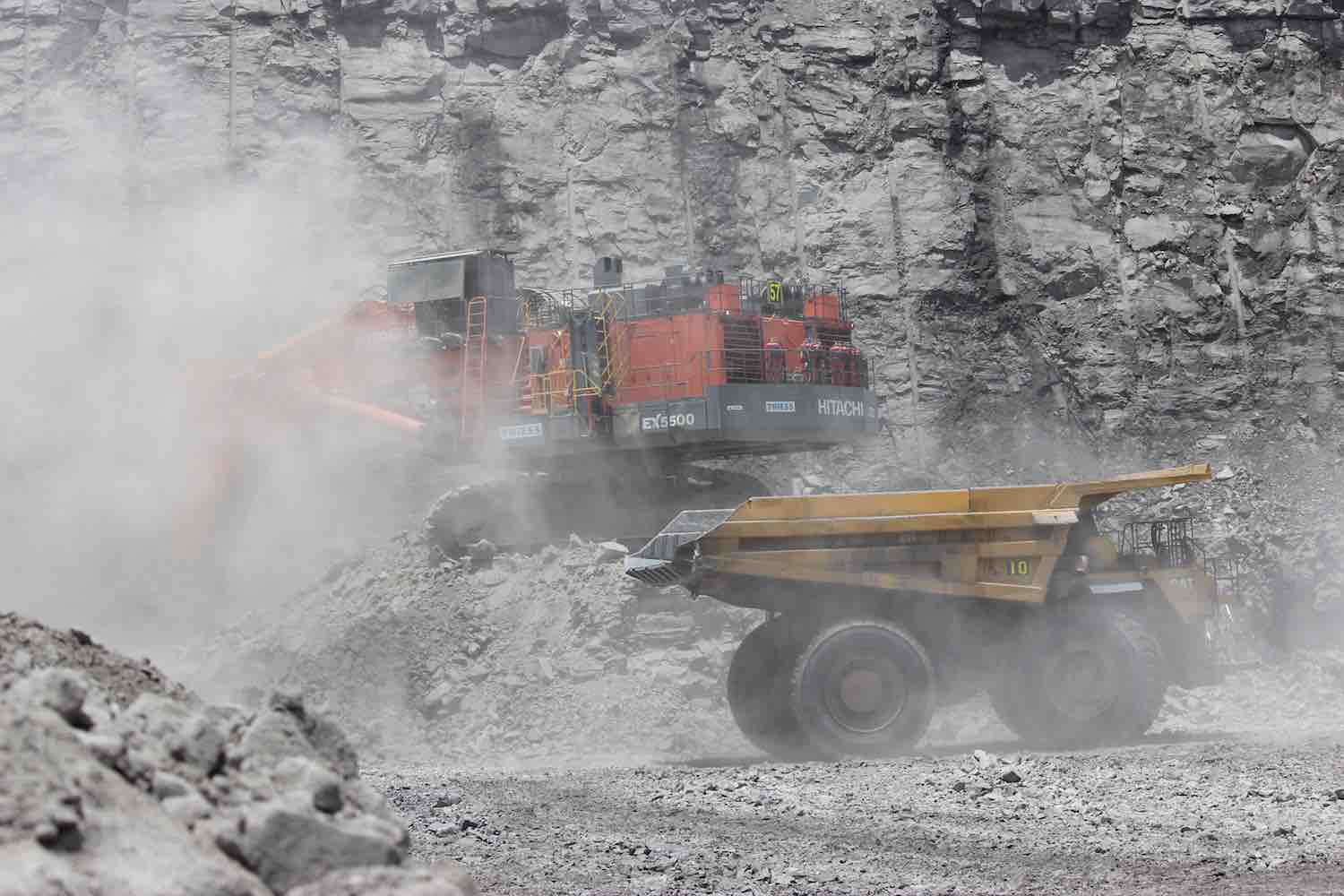Press Release: August 23, 2021
Protecting workers from hazardous dust is firmly on the agenda for mining and civil services firm Global Road Technology (GRT), as occupational respiratory disease continues to impact people and communities across Australia.
Rising cases of lung disease are causing alarm bells at a federal level with the government establishing the National Dust Diseases Taskforce to develop the Engineered Stone Industry Final Report focusing on creating recommendations to combat this issue across the country.
This report into the impact of occupational lung diseases in Australia caused by hazardous dust in the form of asbestos and silica on worker health outlines that no amount of exposure to these materials is safe for human beings. These two forms of particulate dust are particularly prevalent in many workplace scenarios – which is why there needs to be a clear safety strategy to minimise the risk to workers.
According to GRT General Manager, Daniel Grundy the organisation is keen to drive a national conversation around the need to focus on Workplace Health & Safety regulations to stop the spread of deadly dust.
Are environmental regulations, health and safety concerns or potential profit loss a concern right now?
“GRT is one of the recognised industry leaders in the mining, quarrying, civil engineering, farming, and renewable energy sectors, concerning the implementation of ‘whole of site’ dust mitigation strategies,” said Mr Grundy.
“We are currently working with key industry stakeholders around establishing standardised controls to halt the spread of particulate dust across worksites. We are openly collaborating with these partners in the collation about and distribution of this information to lead the establishment of industry-wide safety benchmarks as our major priority is people before profit.”
Asbestos refers to a family of magnesium-silicate mineral fibres that can become inhalable and respirable when disturbed, leading to diseases such as asbestosis, mesothelioma and lung cancer. There are two main forms of asbestos namely serpentine and amphiboles. Asbestosis is the formation of scar tissue because of encapsulated fibres in the lung from respirable asbestos fibres that damage the cells of the lungs.
Industries at risk of asbestos exposure include carpentry, plumbers, roofers, plasterers, mechanics, miners, construction and maintenance workers who encounter it in the form of asbestos dust created through the breaking down of this material is used in many building materials.
The other widely known toxic dust, silica is a naturally occurring substance that consists of the two most abundant elements in the earth’s crust; silica and oxygen. There are two forms namely crystalline and amorphous. Silicosis is a lung disease caused by inhalation, retention and pulmonary reaction to crystalline silica and when it becomes symptomatic, the primary symptom is difficulty in breathing and shortness of breath.
Industries that may encounter silica dust include mining (underground and open-cut), construction, sandblasting, stone cutting, abrasive manufacturing, glass manufacturing, quarrying, tunnelling and working with certain metal ores.
 Materials that contain crystalline silica are not hazardous unless they are disturbed, generating small-sized particles that can get in your lungs as respirable crystalline silica. Activities such as shearing, blasting, cutting, chipping, drilling and grinding materials that contain silica can result in silica dust that is hazardous for workers in mining and quarry industries.
Materials that contain crystalline silica are not hazardous unless they are disturbed, generating small-sized particles that can get in your lungs as respirable crystalline silica. Activities such as shearing, blasting, cutting, chipping, drilling and grinding materials that contain silica can result in silica dust that is hazardous for workers in mining and quarry industries.
For GRT the focus needs to be squarely on ‘whole-of-site’ dust control strategies that focus on offering solutions at the apex of the hierarchy of control. This means that its products and techniques are designed to mitigate dust at its source to ensure that only minimal amounts of particulates reach workers – to the point where protective clothing and masks can safely deal with the remaining trace particles.
Its industry advocacy focuses on establishing clear guidelines on what ‘dust mitigation at source’ may look like from a training and occupational safety standpoint and present this information to the industry as part of its goal to make their methodology the norm, not the exception.
For Daniel, the focus needs to be on establishing a set of standardised industry protocols to ensure that there are clear systems in place for the prevention, early identification, control, and management of particulate dust.
“As a business, we work across a variety of industry verticals and what we are seeing is that the existing WHS regulatory frameworks are not yet proactive in the sense that dust mitigation needs to be at the forefront of efforts to protect workers – rather than reliance on PPE as the primary deterrent,” Mr Grundy said.
“We have come a long way in terms of our knowledge and understanding of the causation and spread of asbestos and silica dust in particular and now we need to use this information to create standardised benchmarks to ensure that the particulates are captured at the ‘source.’ Industries across Australia need to focus on making dust suppression strategies equally important in mitigating occupational lung disease as the usage of protective wear – we at GRT are championing this approach nationally with our clients and key stakeholders as part of our efforts to make it the standard, not the exception.”
Your feedback is important to us. If you enjoyed reading this Global Road Technology industry update and found it informative, please let us know by leaving a REVIEW.
Source: Australasian Mine Safety Journal
Troy Adams
Troy Adams is the Managing Director of Global Road Technology (GRT) Specialising in Engineered Solutions for Dust Suppression, Erosion Control, Soil Stabilisation and Water Management. A pioneering, socially conscious Australian entrepreneur, Troy Adams is passionate about health and safety and providing innovative solutions that are cost-effective to the mining industry, governments and infrastructure sectors. Troy is also a tech investor, director of companies like Crossware, Boost, Hakkasan, Novikov and more.
MORE INDUSTRY ARTICLES
Nothing found.